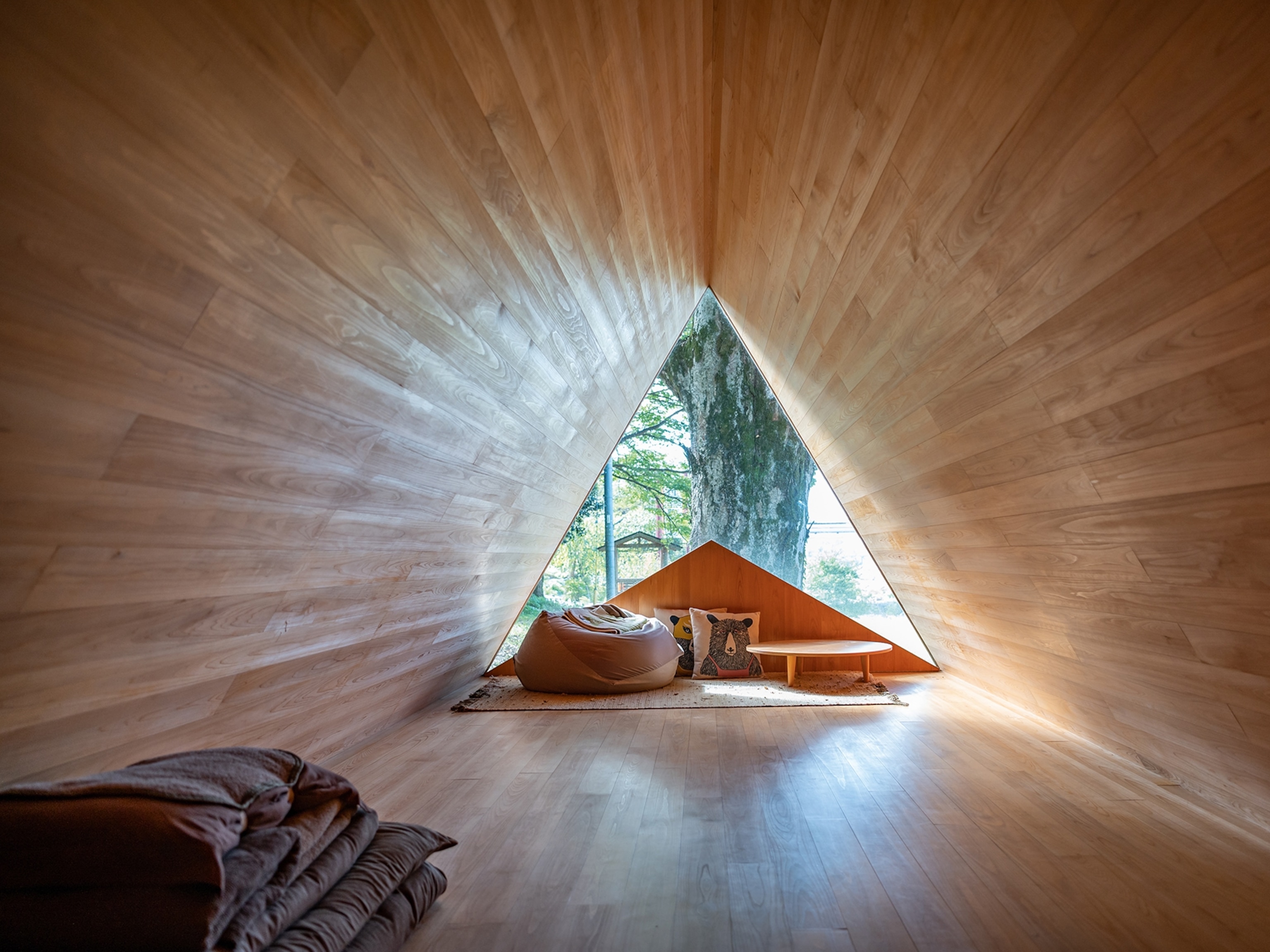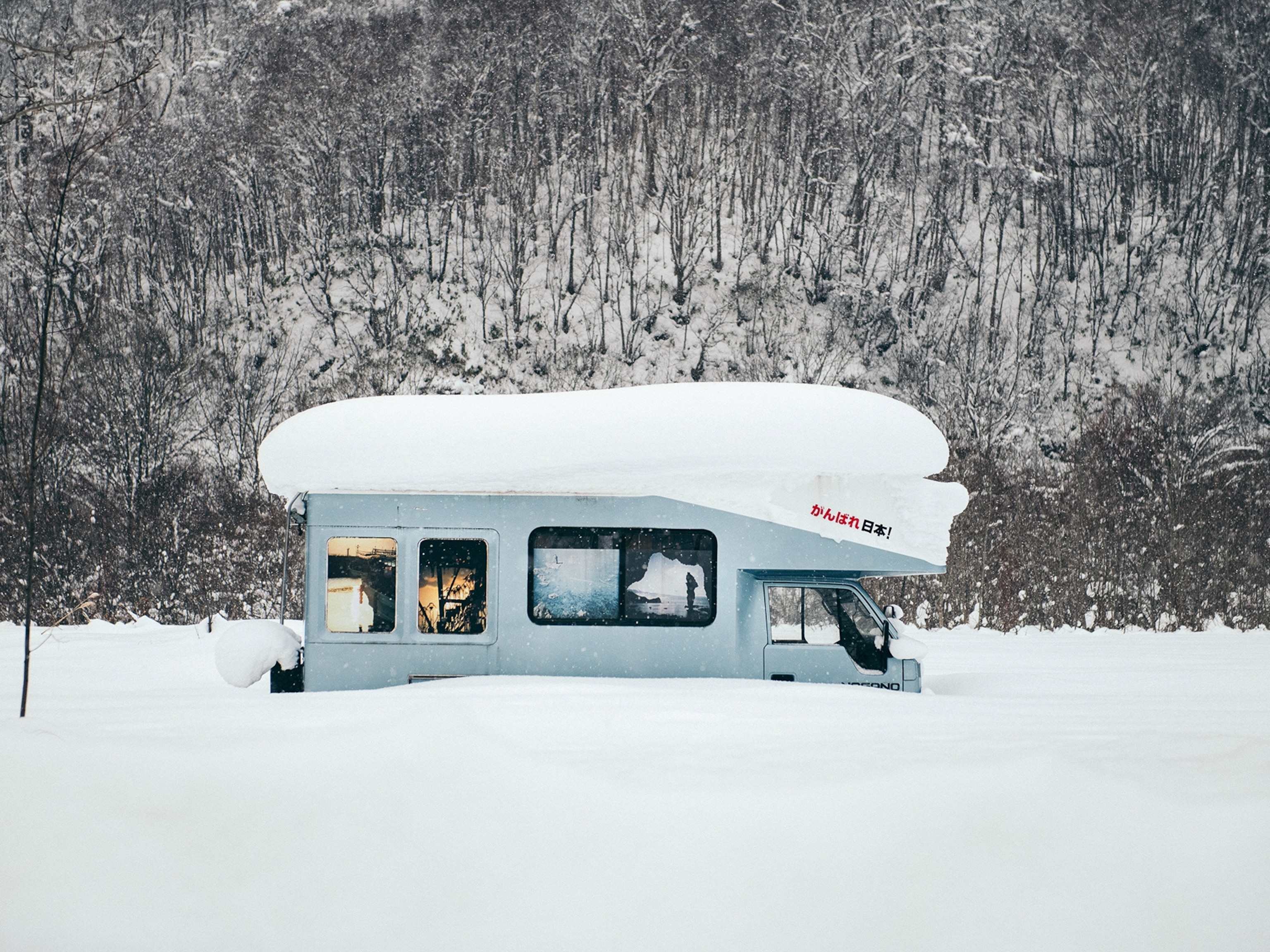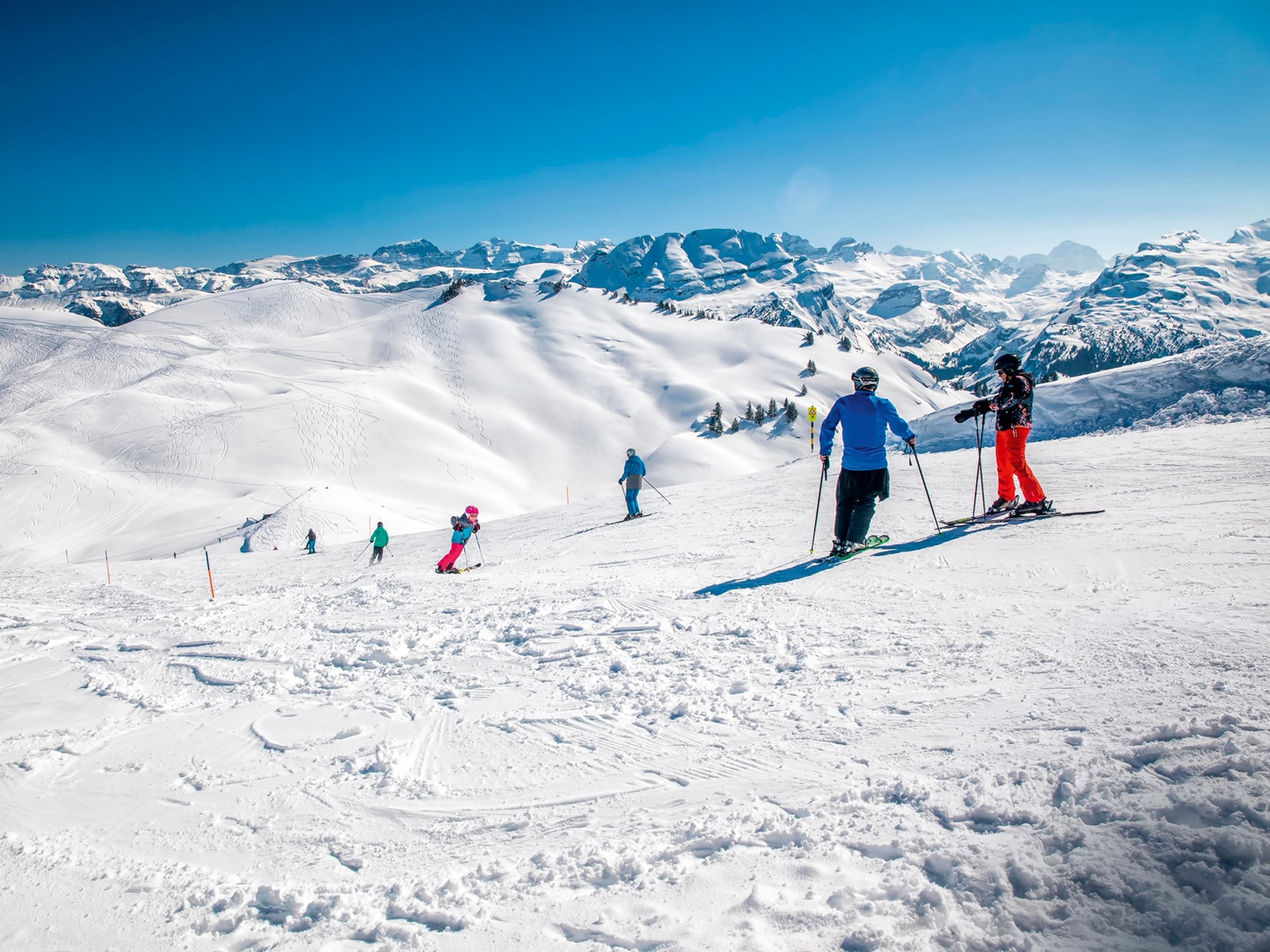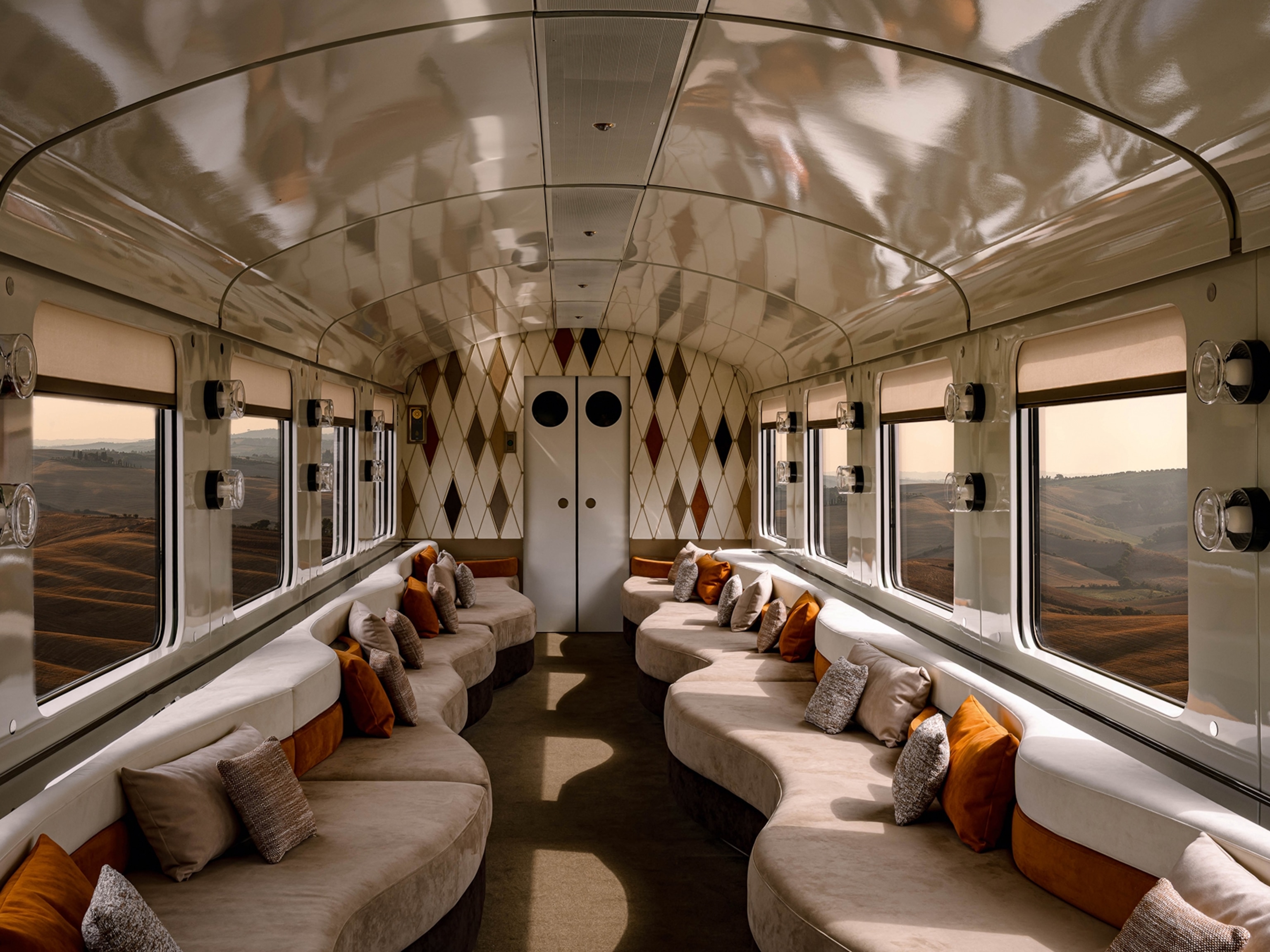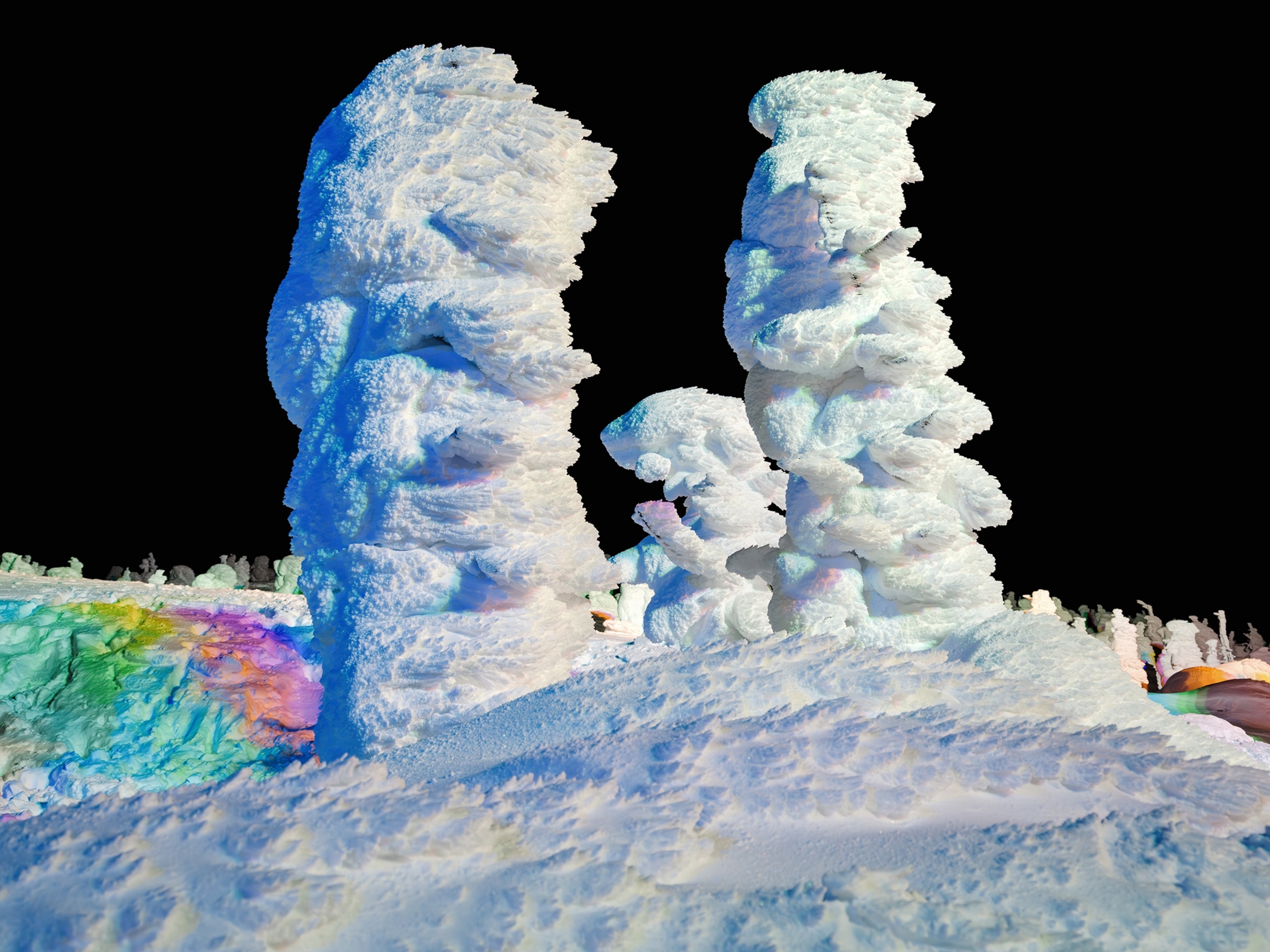
Exploring the Tohoku Trail
A journey through Tohoku, a land of stunning landscapes, steeped in history with a deep, resilient culture.
Japan’s northeastern Tohoku region was once thought of as remote, faraway. Long ago, it was called the Deep North. When the haiku poet Matsuo Basho walked through Tohoku in the late 17th century, he worried that he might never make it home from the hard journey. To Basho, who wrote about the trip in his masterpiece Oku no Hosomichi (The Narrow Road to a Far Province), Tohoku was the edge of the Earth; if you were there you were nowhere. Today the region’s six prefectures – Aomori, Iwate, Miyagi, Akita, Yamagata and Fukushima – are no longer so unknown or inaccessible: The high-speed Shinkansen from Tokyo will get you there in a few hours. But the region has retained the charm of a place yet to be discovered.
Traveling through Tohoku (“Northeast”), you come across rice fields and artisanal workshops, fishing hamlets and mountain villages, ski resorts and hot spring towns.
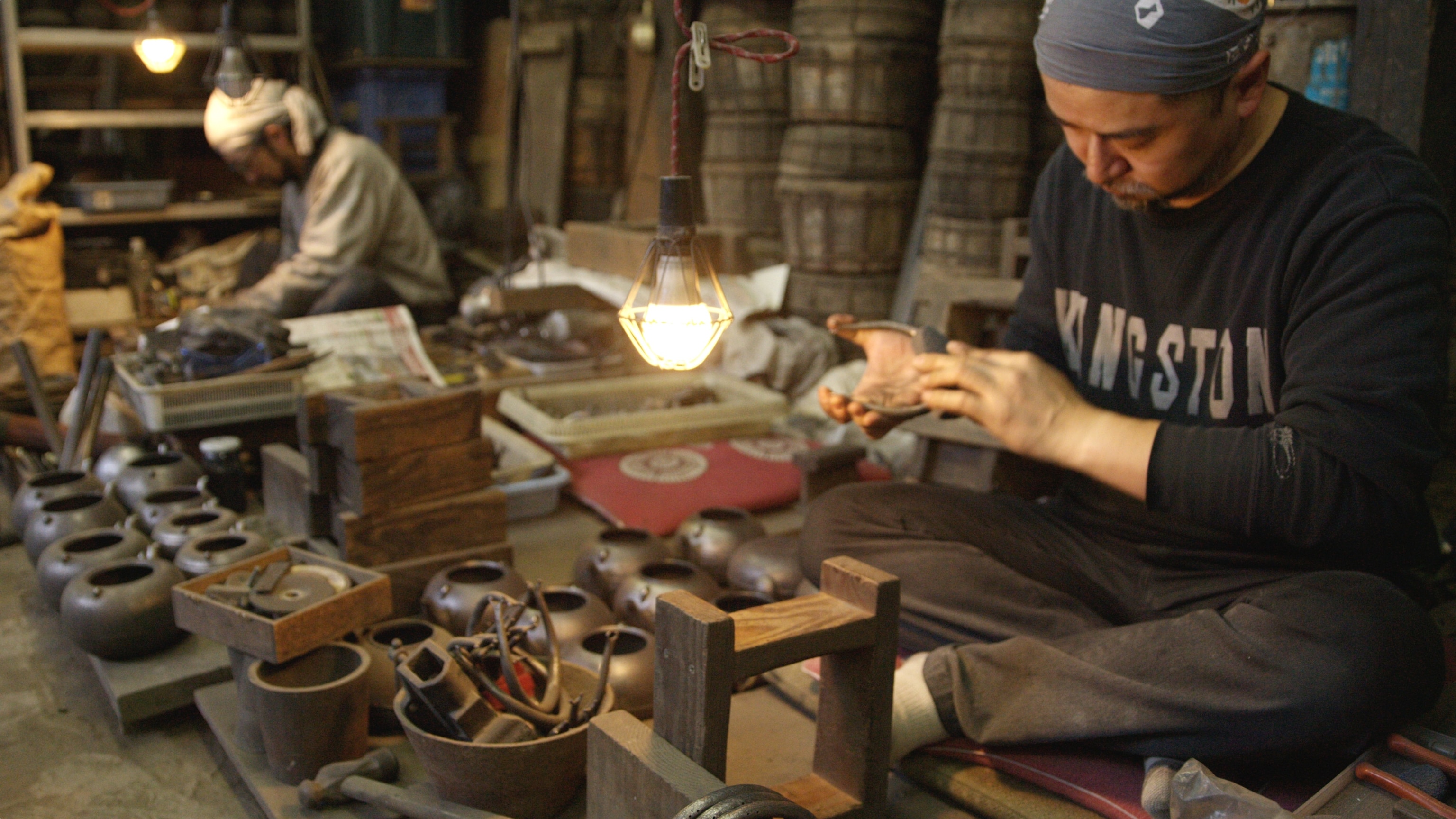
Its national parks are home to native beech forests, Japanese serow and golden eagles. It’s a place of small communities and vast, wide-open space; one-fourteenth of Japan’s population living on one-fifth of its land. Think of it as a refreshing antidote to the country’s always-busy, crowded big cities.
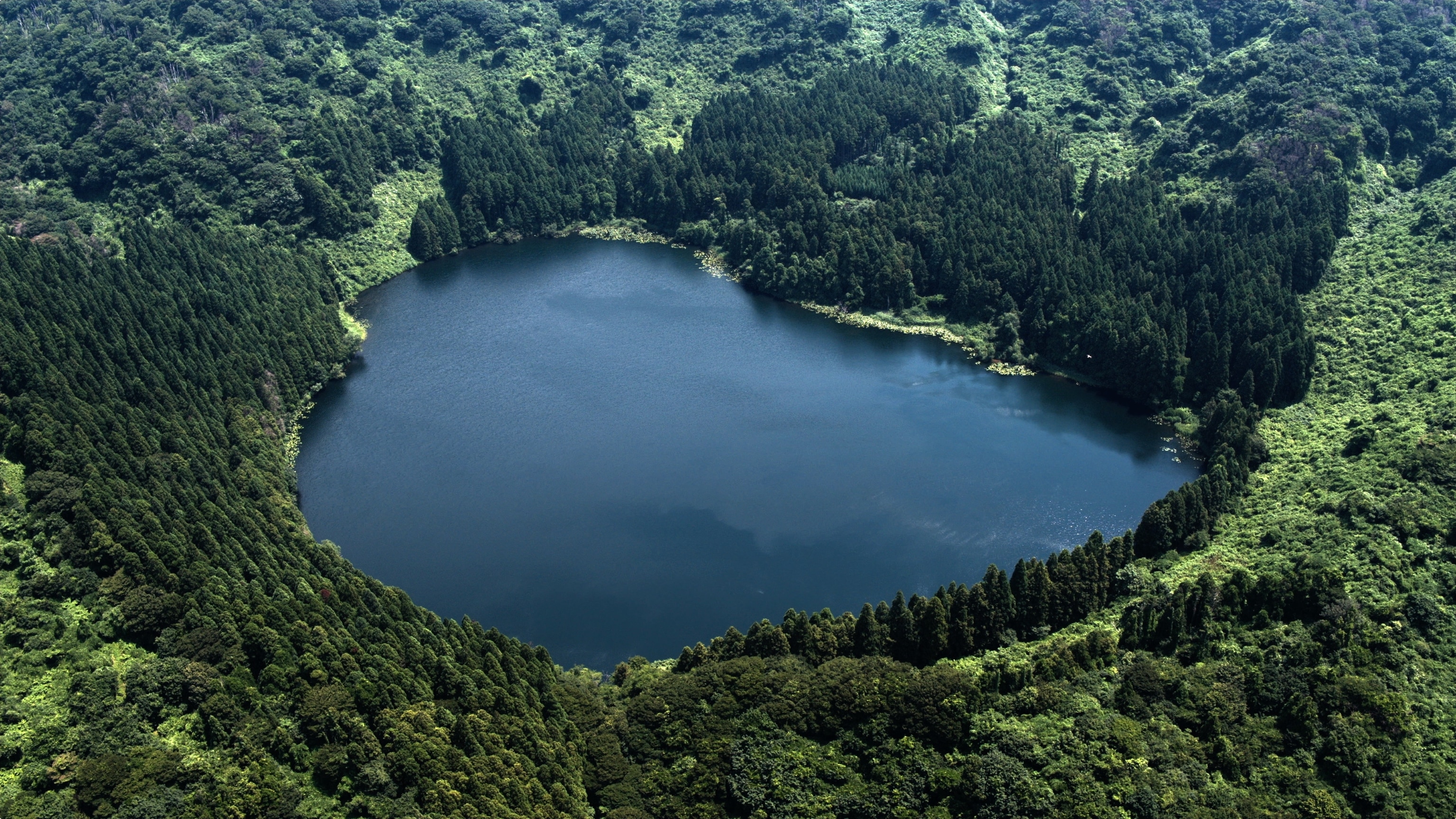

It’s the sort of landscape that’s ideal for exploring on foot. One scenic route is the Michinoku Coastal Trail along the Pacific Coast, stretching 700 kilometers between Hachinohe, in Aomori prefecture, and Soma, in Fukushima prefecture. Michinoku translates to the "far recesses of the road" but there is still plenty of it to wear down a sturdy pair of shoes – and without the worries the ancient poets faced. The trail's hiking paths and paved walkways meander past sea-battered cliffs, Buddhist temples, sacred waterfalls, sea urchin and oyster farms and coastal communities that have rebounded since the 2011 disaster.
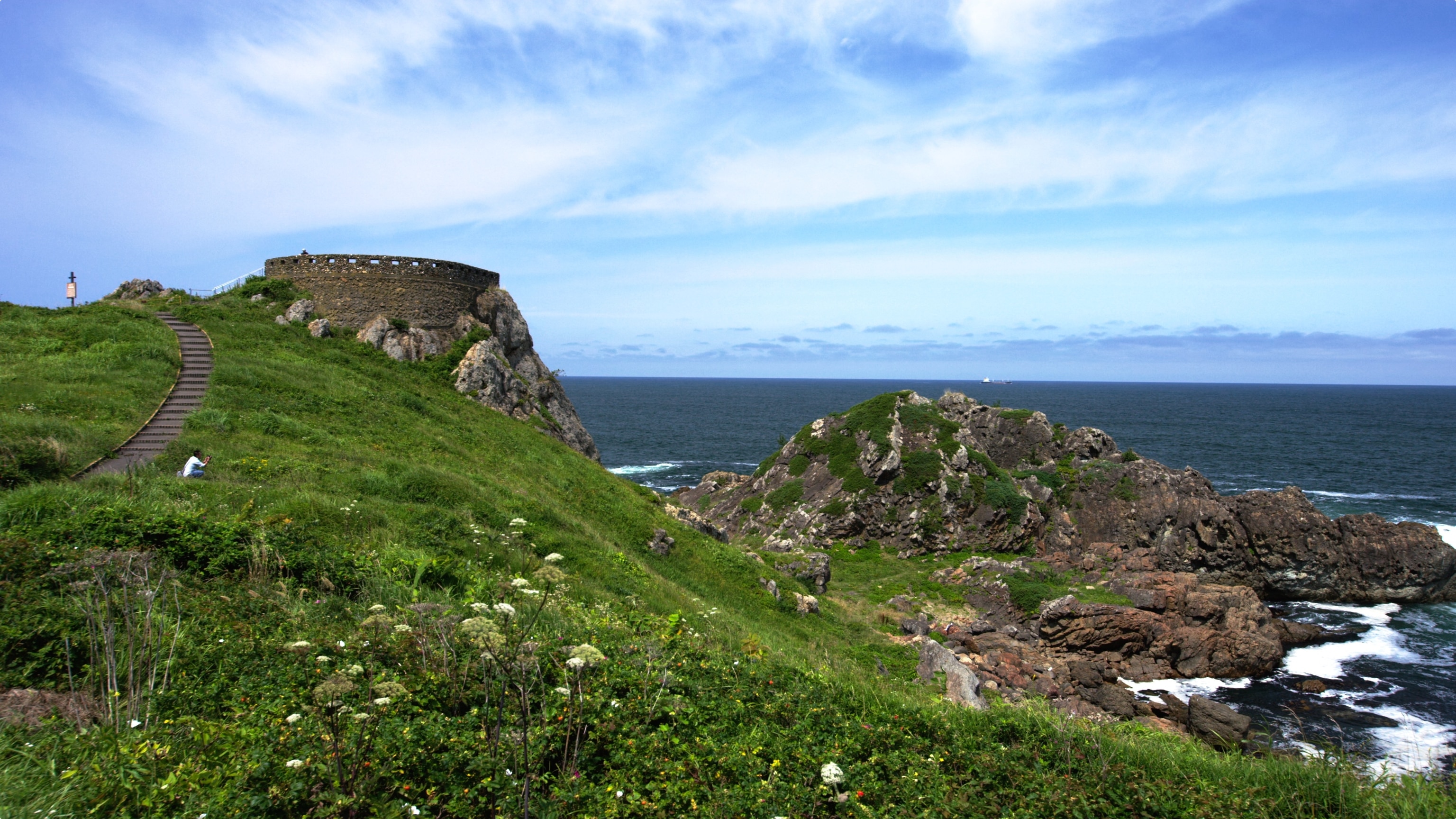
Walking the Michinoku, you come away with glimpses of residents’ lives and an appreciation for the powerful forces – natural, political and spiritual – that have shaped the region’s landscape.

Many of Tohoku’s small towns and villages seem to blend in with their natural surroundings. Some are well-known: the terraced rice paddies of Ohkura village, in Yamagata prefecture; the vast lake that Towada town, in Aomori, shares its name with; the thickly forested mountains of Mishima village, in Fukushima prefecture.
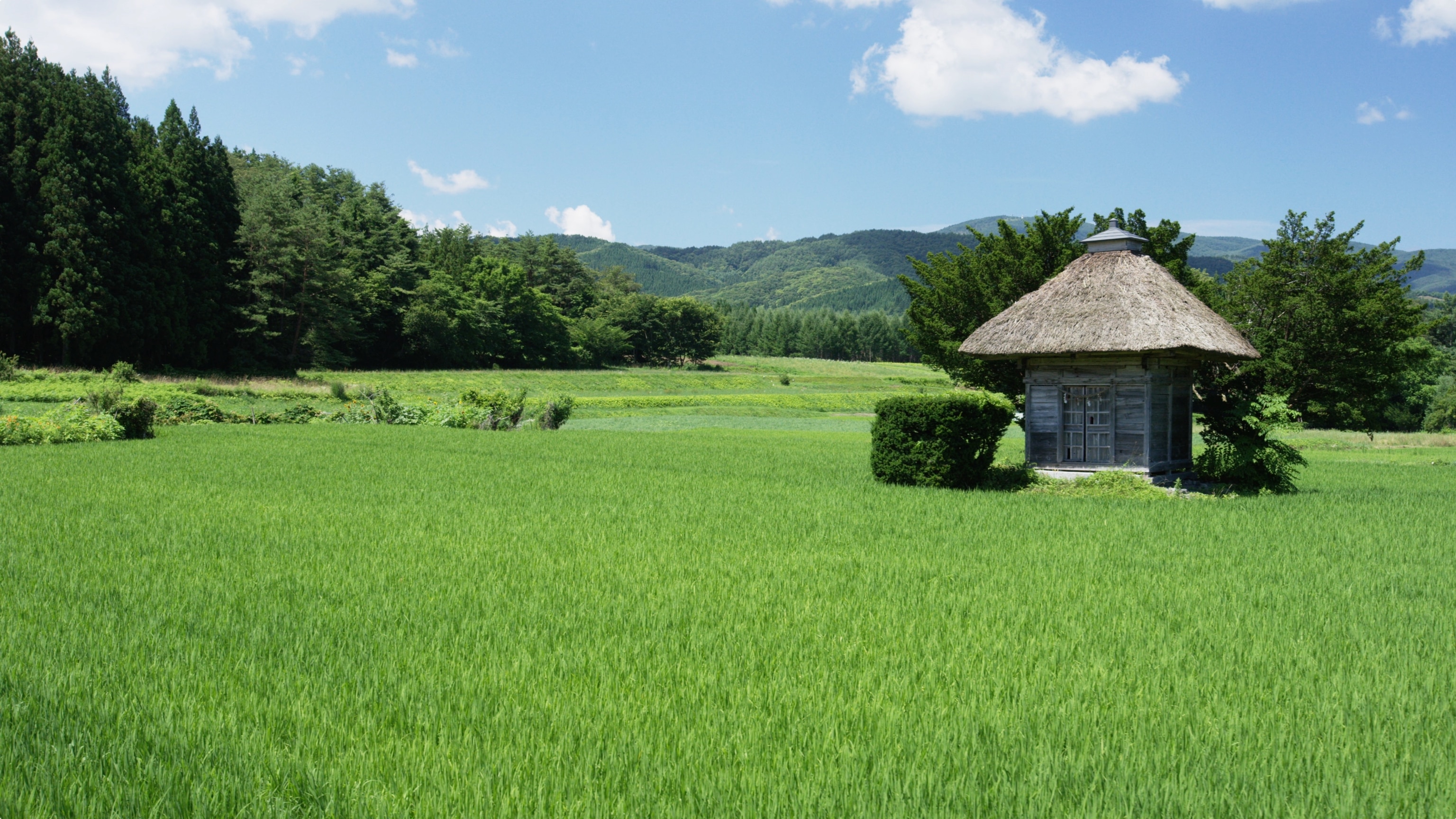
Restrained development in these places is no accident. For generations, rural communities across the region have been preserving forests, grasslands and wetlands, careful not to deplete the natural resources that they depend on. Known as satoyama or satoumi, these traditional models of sustainability have been in practice for centuries. You find fishing communities that plant trees along rivers upstream to ensure that vital nutrients will drain into the sea and mountain villages whose residents trim surrounding forests to give trees room to flourish and create space for plants that can be foraged.
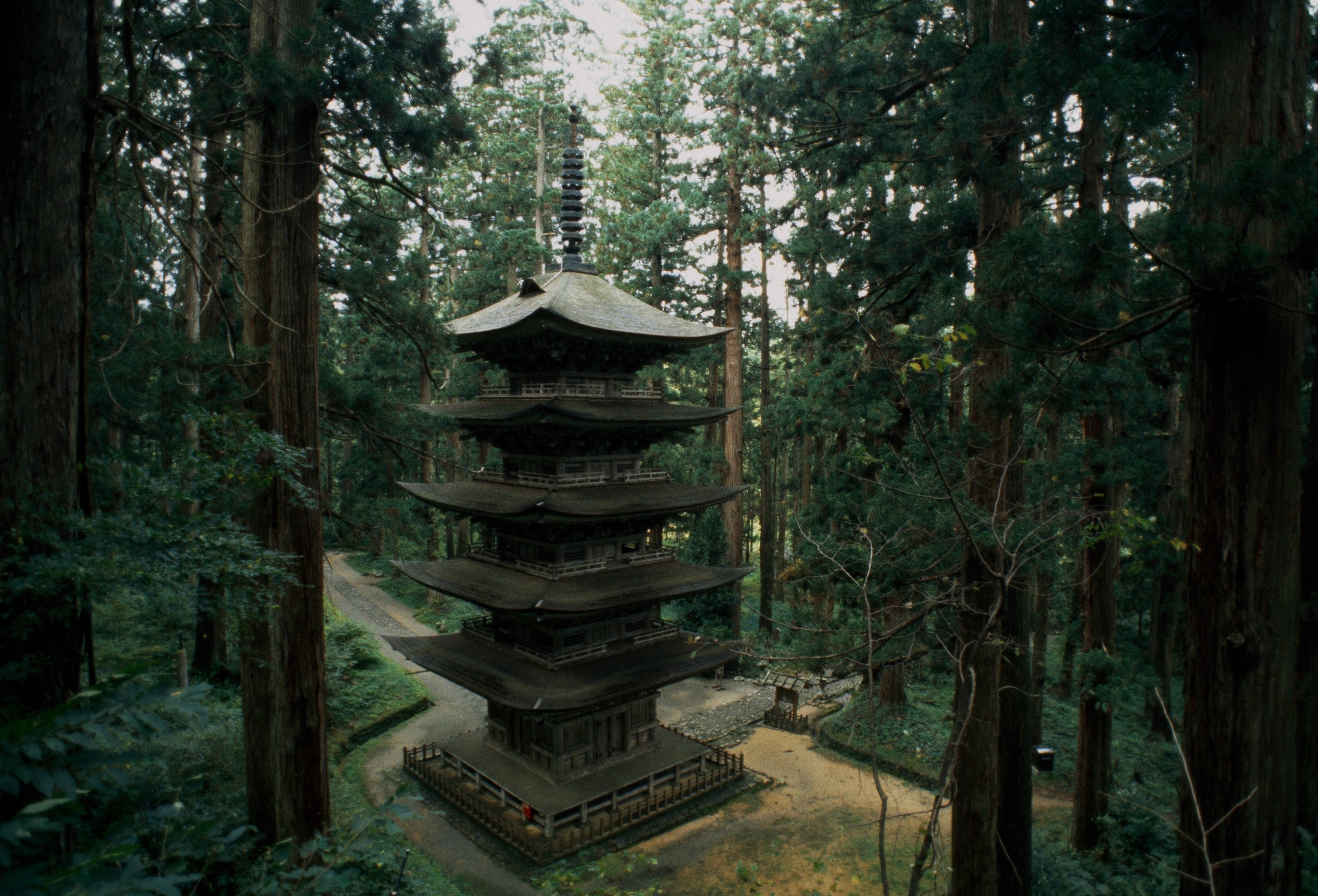
The principles are simple and flexible and they resonate in an era of climate change and environmental destruction. Small wonder that communities in Brazil, Romania, Madagascar and dozens of other countries have experimented with their own versions in recent years.
Culturally, Tohoku is far more diverse than its generic name lets on. There are three distinct dialects, five wildly popular festivals and too many culinary traditions to sample during a short visit.

In Miyagi, famous for its cattle farms, residents dine on beef tongue, while in poultry-producing Akita locals favor a hot pot of chicken and vegetables known as kiritanpo-nabe. The ports of Aomori haul in urchin and abalone for the local ichigo-ni soup and in Yamagata Buddhist priests of the mountainous Dewa Sanzan area prepare elaborate vegetarian shojin-ryori meals from foraged and farmed edible plants. But there is one mealtime staple that binds the entire region: tsukemono (pickled vegetables). From Akita’s iburi-gakko (smoked daikon radish) to Fukushima’s san-go-hachi-zuke (vegetables fermented in rice, shio-koji and salt), these fermented side dishes have endured as a culinary survival tactic to get residents through frigid, snowy, vegetable-scarce winters for at least four centuries. It’s food that doubles as a symbol of regional self-reliance.
Serving tsukemono is also a show of hospitality. “Have you heard of ocha-uke?” asks Yoichi Takahashi, of the Tohoku Tsukemono Association. “It refers to the tsukemono that we serve to guests with tea, instead of desserts. Which is why our tsukemono tend to have a little sweetness – they’re not just sour and salty.”
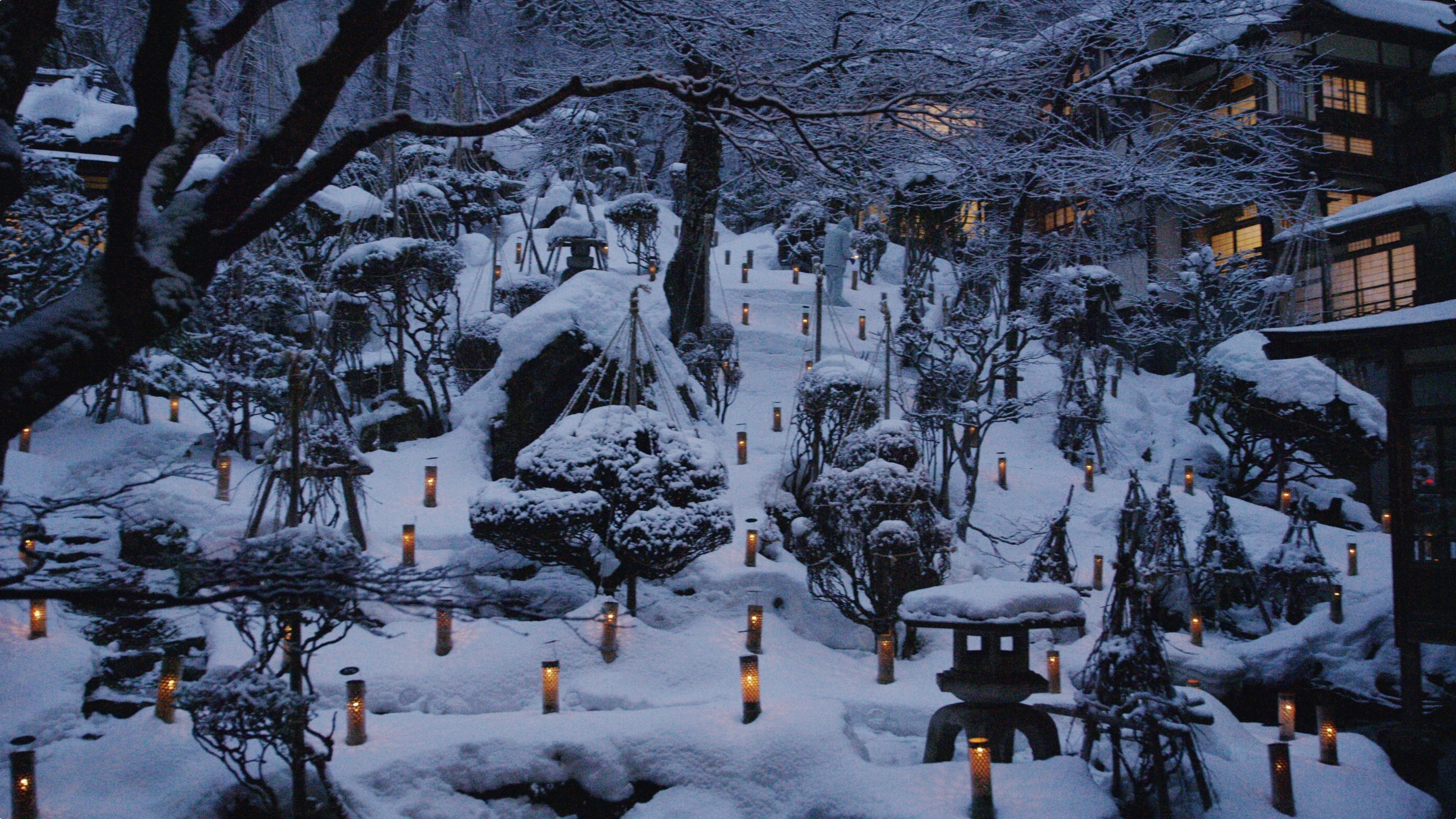
Tohoku’s self-sufficiency can be found in other forms. After the 2011 earthquake and tsunami hit Ishinomaki, in Miyagi prefecture, residents got to work repairing their community with the help of furniture workshop Ishinomaki Laboratory. Founder and designer Keiji Ashizawa tapped into the region’s do-it-yourself ethic to give locals the tools to rebuild their homes, shops, communities and lives – and a reason to be hopeful. With funding from the Nippon Foundation and red cedar donated by the Western Red Cedar Lumber Association in Vancouver, he and students at a local high school made a simple bench for a temporary outdoor movie theater. In Ishinomaki, the bench was a hit, and the workshop was soon collaborating with top designers and architects on sustainably made shelves, tables and stools. Now a full-fledged business with backing from US furniture manufacturer Herman Miller, Ishinomaki Laboratory has annual sales of around $150,000 and licensing agreements with woodworkers in Hong Kong, Switzerland, Australia, the US, Germany and the Philippines. The community’s resilience was a key reason for the project’s success but a burst of local creativity also has been key. Ashizawa says Ishinomaki Laboratory’s goal isn’t only to restore what was lost. “We can aim for something even greater,” he says.
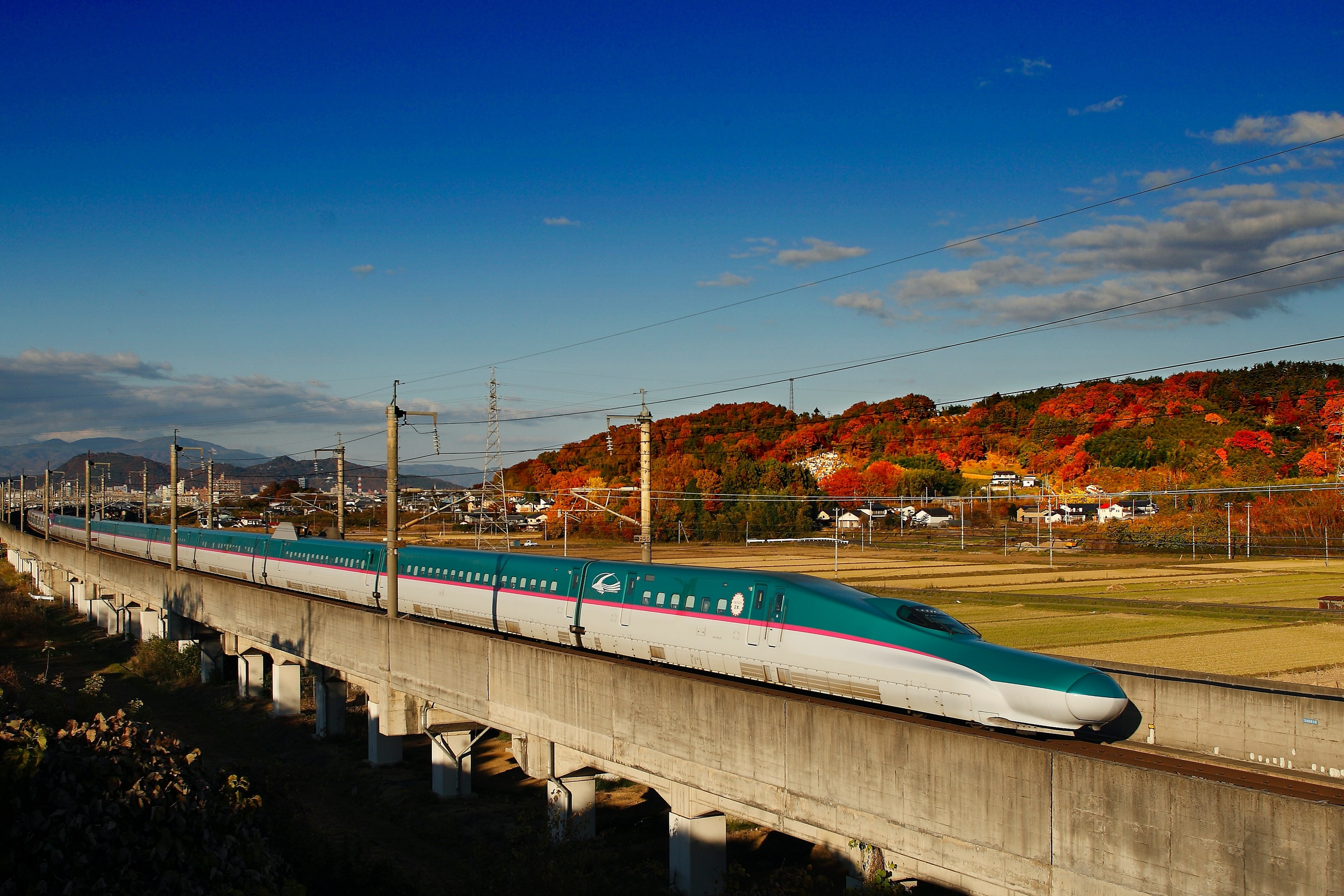
Regional rebirth is also the theme of a biennial art event in Ishinomaki. Launched in 2017, the Reborn Art Festival brings to the Oshika Peninsula a collection of art, food and music, with residents as guides explaining the artists’ work and the history of the region. The festival features the work of 69 Japanese and international artists, many of whom spent months living locally and drawing inspiration from the area’s villages and towns. In no time, the festival has become many things to many people: a big draw for some 440,000 visitors; a celebration of artistic expression born out of disaster; an economic and creative lifeline; and a proud reminder of Tohoku’s unique cultural heritage for locals.

